Sound
What blows my mind isn’t that Play performs so well. What blows my mind is how well it performs whilst being so much more powerful than the than Lynx HILO and how close it nips at the heals of Goldmund’s amazing TELOS HDA. Note that I’ve brought up a 2.600$ ADC/DAC and a 10.000$ DAC/amp in order to properly categorise this phenomenal 299$ – 549$ amp/DAC. (Or is it the other way around?) Low-power amps that perform as well are plentiful. Performance-by-numbers amps that spit as much power as Burson’s Play are practically invisible. And Play starts at 299$. Of course, with all the upgrades, you can push that number close to 600$. Still, it packs a punch measures well even under stock op-amps. Power! Control! Current! A damn good DAC! Play strikes a great balance between general stage/stereo detail, and z-axis space/weight.
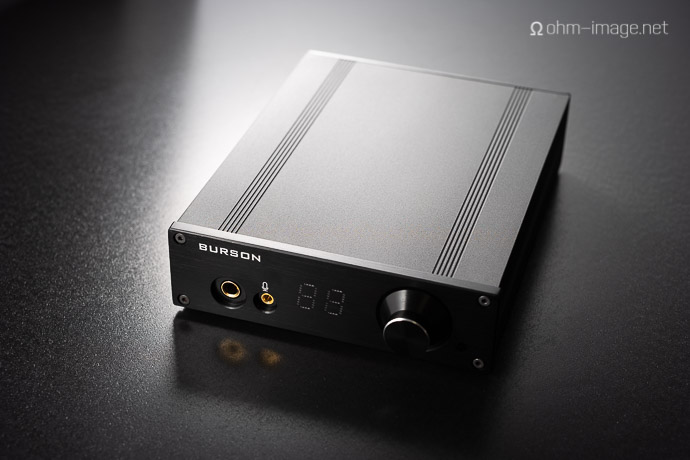
Below is a chart of measurements taken before and after upgrading the mainboard. The LO (pre-amp) settings were taken at a volume setting of 99/99; the others were taken at 51/99. The Lynx HILO was set to +6dBV. I’ve yet to publish RMAA scores, but when I do I’ll make sure to take measurements at +18dBu. Suffice it to say: the new mainboard appears to return better measurements – pre-amp stereo crosstalk excepted – across the board. Of course, these measurements are amateur RMAA results recorded through an ADC meant for music recording rather than audio measuring. Whatever the case, the results are in. And they are good.
|
Test |
LO Before |
LO After |
NL Before |
NL After |
ES7 Before |
ES7 After |
DT880 Before |
DT880 After |
|
Frequency response (from 40 Hz to 15 kHz), dB: |
+0.04, -0.13 |
+0.02, -0.15 |
+0.05, -0.11 |
+0.02, -0.14 |
+0.05, -0.11 |
+0.02, -0.14 |
+0.05, -0.11 |
+0.02, -0.14 |
|
Noise level, dB (A): |
-111.8 |
-114.9 |
-97.2 |
-101.2 |
-96.2 |
-101.1 |
-96.3 |
-101.2 |
|
Dynamic range, dB (A): |
102.2 |
110.4 |
96.3 |
100.7 |
95.4 |
100.7 |
95.4 |
100.8 |
|
THD, %: |
0.0073 |
0.0078 |
0.0044 |
0.0040 |
0.0050 |
0.0043 |
0.0042 |
0.0043 |
|
IMD + Noise, %: |
0.018 |
0.017 |
0.017 |
0.015 |
0.017 |
0.015 |
0.016 |
0.015 |
|
Stereo crosstalk, dB: |
-111.7 |
-104.2 |
-101.8 |
-101.5 |
-75.1 |
-79.7 |
-97.1 |
-96.7 |
Of particular note is how load agnostic its output is. Plug in any earphone, headphone, or other, ramp up the bass frequency sweeps, square waves, or other metric; telltale dips in bass or plumes and troughs in the upper midrange are nil. While the tests I can perform are limited, it’s obvious that Play’s jitter is either minuscule, or absent. That’s not to say that DACs with keenly measurable jitter sound bad. A few I’ve enjoyed through the years show jitter above 2% that I really like and which sound musical. Still, it’s nice to know that Play hasn’t a jitter problem.
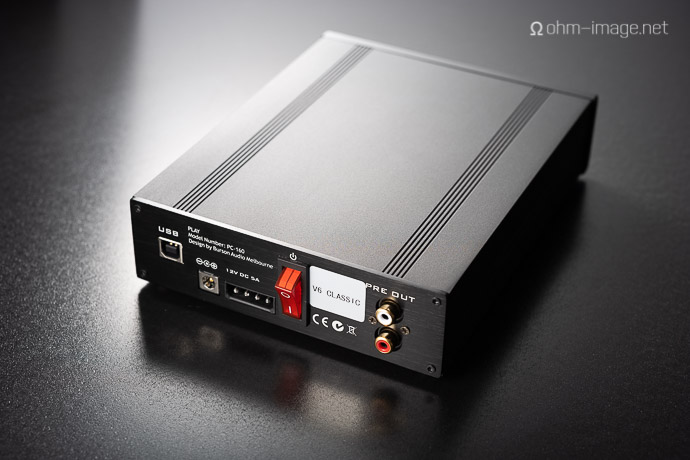
The only headphone to give it even the slightest pause is the Audio Technica ES7. But that headphone is a stereo crosstalk torture test. That Play managed to spit out -75 to -79 dB at volumes levels – roughly a 25% loss over unloaded results – that no one in their right mind would ever listen to, is exemplary. Also exemplary is how much stereo detail pitches into each frequency band. I detect even detail in both stereo width and depth between bass, mids, and highs. Such an even Stephen output can be hard to suss. Sometimes, truncated bass and highs help midrange stereo details spread out, creating a more relatable stage. Play strong arms stereo. It is wide, and deep, in every frequency. Playing with op-amps will tighten this up a bit. To be honest, I’ve not a real preference between the stock Play and the full V6 Classic version.
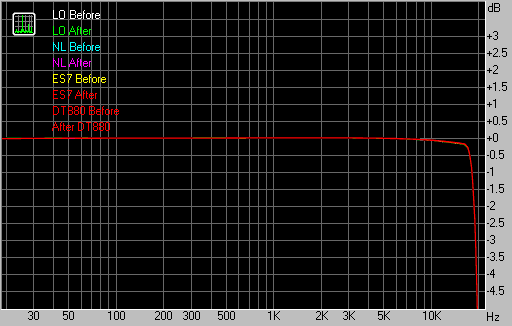
Play’s headphone amp clocks SNR in excess of -100dB at a volume level of 51/99. It shows next to no distortion. As a testbed it is nearly perfect. In reality, it is best suited to headphones. Earphones hiss. Some sensitive portable headphones also hiss. I’ve tried isolated power supplies, regular grounded plugs, and more. No iteration I’ve tried is usable with Campfire Audio’s Andromeda. Not that typically I listen to earphones from desktop amps. But, when writing reviews, my pernickety side comes to the fore. I’ve complained that HILO hisses a bit too much for sensitive earphones. Play hisses twice as much. The upgraded mainbaord lowers the hiss by a further third. It’s better than some old portable MD players, and a lot better than an old iPod 5G (video). But it could better. As you can see above, the new mainboard returns measurably better results. Burson are right to suggest that it’s not necessary unless you use sensitive earphones. Honestly, I can’t fathom the person that buys such a powerful headphone amp/DAC to use with their custom monitors.
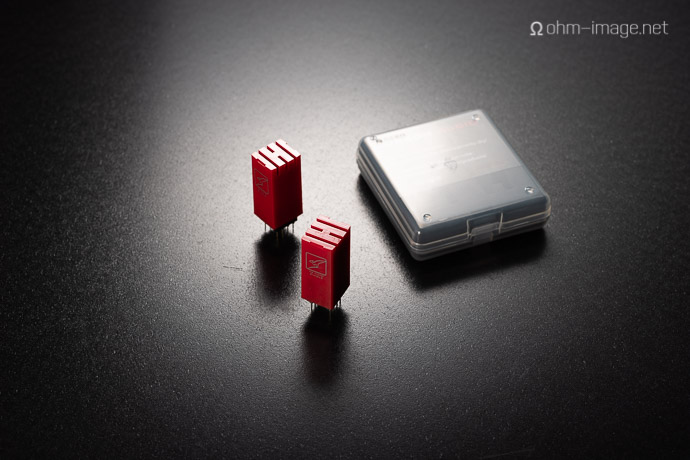
This thing is insanely powerful. It will shake Susvara. It rumbles up Dekoni Blue. And as far as I’ve tested, at no volume setting, under any load stress, it is clean and free of IMD. I can’t believe that it starts at 299$. Ridiculous performance. Itty bitty price.
There are some great reviews of the Play up at Head-fi. Check them out.
End words
There’s no way to exaggerate the utility, performance, and overall OCD funness of Play. Burson nailed it. If you need or want power, 299$ will get you power out the wazoo. If you want compatibility with DSD and other hi-res formats, bingo. If you want to eat your cake, too, Play is as reliable and stable an amp/DAC as I’ve ever tested. I’ve started mentioning prices; it’s something I didn’t want to do. It’s easy to get ugly. But gosh, I’ll be damned if Play hasn’t nailed the competition’s coffin shut. Buy it and forget about it. Add some new op-amps if you want. And be secure in your purchase, because it’s a hell of a deal. As a result we’re adding this little gem to our recommended DAC/AMP unit list! Congrats Burson.
Well done.







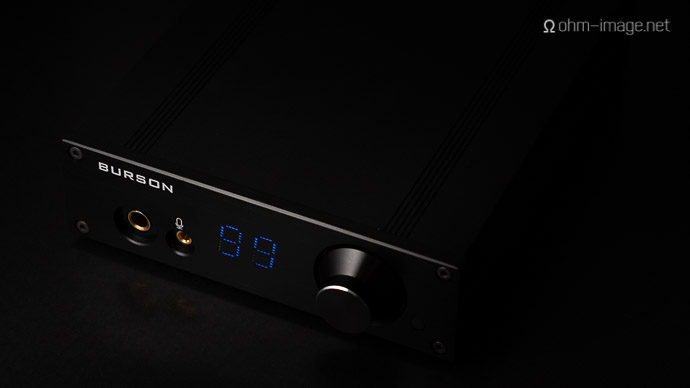
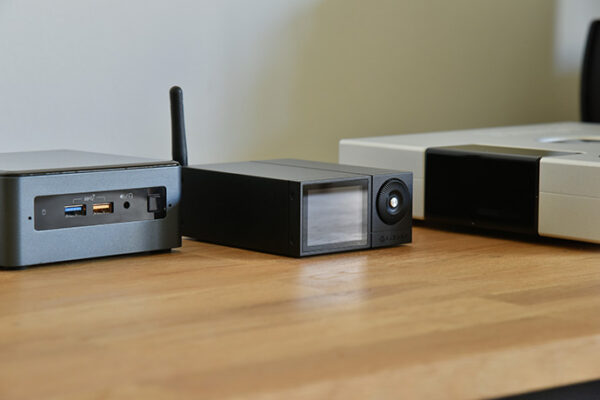

Raimei Templar
Hello and thanks for the review! I appreciate you taking the time to do some measurements and the results look quite good indeed. I espcially appreciate you listing which headphones you used as that allows one to get a real world look at how it will perform. One things I am curious about though is which OP AMPS did you have installed when you did the measurements?
ohm image
Sorry, the measurements I did were conducted with the V5 options.
Ojasvi Mathur
So much Details, but no words in real about Sound or real comparision with similarly placed products or even their own Burson Solist MK2 .
Similarly no impressions with any sets of Headphones of diff. Tiers! ranging from powerful to easily amped ones…!!
ohm image
How’s this: it makes even the smallest details jump forward from the fabric of space time, enveloping me in music so soft and yet so finely textured that my toes curl! I gave plenty of detail regarding sound, and much more than is necessary from a device that will be described by different people differently.
I explained how it performs with earphones and headphones. I won’t bother with overly subjective dribble. You can find plenty of other places and authors to indulge that desire.
Pierre
I currently am using a Schiit Bifrost (DS, not MB) + Magni 3 in the office.
My headphones are the Meze Classic 99 Neo…
Would the Play be an upgrade for this setup? Not sure if there’s a simple answer here, but I’m hoping so.
Music is mainly heavy metal, from soft to all kinds of extreme.
Thanks!
Nathan
Hey mate, I’m sorry but I don’t know much about the Bifrost as I’ve not used it.
DC
Is the sound signature as usual for bursons? sound fast and strong? or would this be warmer?
did you test with the hd650?
andrew doan
I use Window 10. Is it Burson Play V5i a real plug and play as advertising ? Since it does not have an other digital inputs and I always have a hard time to install ther drivers, I have to return the nice Fostex HA 4Bl. My ignorance in installing the sofware and to install the driver limited me to the optical and coaxial connection.
I hate to return the Play V5i if there is complication in install driver.Thank you.
ohm image
I don’t use Windows at all so I can’t comment on whether it plugs and plays with Windows. If it doesn’t, that appears to be a Windows problem rather than a Burson problem.